 W
WJulian Jakub Bussgang is a Polish-born American mathematician, entrepreneur and author. He is most known for publishing the Bussgang theorem and for his work in the field of Applied Physics and communications. He has published several technical papers and holds six patents.
 W
WWesley Allison Clark was an American physicist who is credited for designing the first modern personal computer. He was also a computer designer and the main participant, along with Charles Molnar, in the creation of the LINC computer, which was the first minicomputer and shares with a number of other computers the claim to be the inspiration for the personal computer.
 W
WMildred Dresselhaus, known as the "queen of carbon science", was an American nanotechnologist. She was an Institute Professor and Professor Emerita of physics and electrical engineering at the Massachusetts Institute of Technology. Dresselhaus won numerous awards including the Presidential Medal of Freedom, the National Medal of Science, the Enrico Fermi Award and the Vannevar Bush Award.
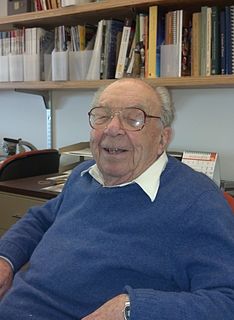 W
WRoberto Mario "Robert" Fano was an Italian-American computer scientist and professor of electrical engineering and computer science at the Massachusetts Institute of Technology.
 W
WAndrew Gerber is Vice President for Innovation and Strategic Pursuits at Raytheon Corporation Integrated Defense Systems.
 W
WTor Hagfors was a Norwegian scientist, radio astronomer, radar expert and a pioneer in the studies of the interactions between electromagnetic waves and plasma. In the early 1960s he was one of a handful of pioneering theorists that independently developed a theory that explained the scattering of radio waves by the free electrons in a plasma and applied the result to the ionosphere. He became founding director of the new EISCAT facilities that were then under construction in 1975, by which time he already been director at most of the other incoherent scatter radar facilities in the world. The asteroid 1985 VD1 is named 7279 Hagfors after him.
 W
WMargaret Heafield Hamilton is an American computer scientist, systems engineer, and business owner. She was director of the Software Engineering Division of the MIT Instrumentation Laboratory, which developed on-board flight software for NASA's Apollo program. She later founded two software companies—Higher Order Software in 1976 and Hamilton Technologies in 1986, both in Cambridge, Massachusetts.
 W
WFrank Evans Heart was an American computer engineer influential in computer networking. After nearly 15 years working for MIT Lincoln Laboratory, Heart worked for Bolt, Beranek and Newman from 1966 to 1994, during which he led a team that designed the first routing computer for the ARPANET, the predecessor to the Internet.
 W
WMarshall Glecker Holloway was an American physicist who worked at the Los Alamos Laboratory during and after World War II. He was its representative, and the deputy scientific director, at the Operation Crossroads nuclear tests at Bikini Atoll in the Pacific in July 1946. Holloway became the head of the Laboratory's W Division, responsible for new weapons development. In September 1952 he was charged with designing, building and testing a thermonuclear weapon, popularly known as a hydrogen bomb. This culminated in the Ivy Mike test in November of that year.
 W
WBenjamin Lax was a solid-state and plasma physicist.
 W
WZachary J. Lemnios is an American scientist who formerly held the post of Assistant Secretary of Defense for Research and Engineering, which used to be known as Director, Defense Research and Engineering (DDR&E), in the United States Government. He was confirmed by the United States Senate on June 19, 2009, and sworn in as on July 2, 2009.
 W
WJoseph Carl Robnett Licklider, known simply as J. C. R. or "Lick", was an American psychologist and computer scientist who is considered among prominent figures in computer science development and general computing history.
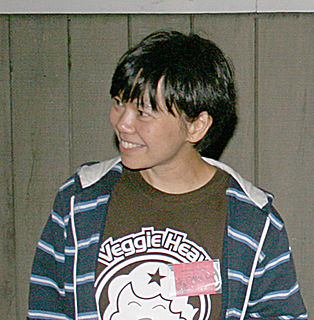 W
WDr. Jane X. Luu is a Vietnamese American astronomer and defense systems engineer. She was awarded the Kavli Prize for 2012 "for discovering and characterizing the Kuiper Belt and its largest members, work that led to a major advance in the understanding of the history of our planetary system".
 W
WEugene Franklin Mallove was an American scientist, science writer, editor, and publisher of Infinite Energy magazine, and founder of the nonprofit organization New Energy Foundation. He was a proponent of cold fusion, and a supporter of its research and related exploratory alternative energy topics, several of which are sometimes characterised as "fringe science".
 W
WJames H. McClellan is the Byers Professor of Signal Processing at the Georgia Institute of Technology. He is widely known for his creation of the McClellan transform and for his co-authorship of the Parks–McClellan filter design algorithm.
 W
WGeorge Armitage Miller was an American psychologist who was one of the founders of cognitive psychology, and more broadly, of cognitive science. He also contributed to the birth of psycholinguistics. Miller wrote several books and directed the development of WordNet, an online word-linkage database usable by computer programs. He authored the paper, "The Magical Number Seven, Plus or Minus Two," in which he observed that many different experimental findings considered together reveal the presence of an average limit of seven for human short-term memory capacity. This paper is frequently cited by psychologists and in the wider culture. Miller won numerous awards, including the National Medal of Science.
 W
WMarvin Lee Minsky was an American cognitive and computer scientist concerned largely with research of artificial intelligence (AI), co-founder of the Massachusetts Institute of Technology's AI laboratory, and author of several texts concerning AI and philosophy.
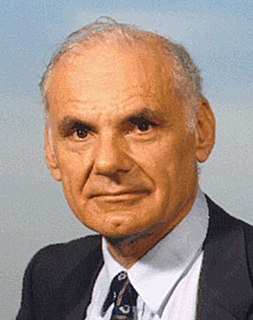 W
WLawrence Gilman Roberts was an American engineer who received the Draper Prize in 2001 "for the development of the Internet", and the Principe de Asturias Award in 2002.
 W
WWilliam B. Roper Jr. is an American physicist and foreign policy strategist serving as the current Assistant Secretary of the Air Force for Acquisition, Technology and Logistics, often referred to as Acquisition Czar.
 W
WGordon Philip Saville was a United States Air Force major general who was the top authority on US air defense from 1940 to 1951. Blunt and direct in manner, Saville had been an outspoken proponent of tactical aviation in the 1930s against a brotherhood of airmen who promoted strategic bombing.
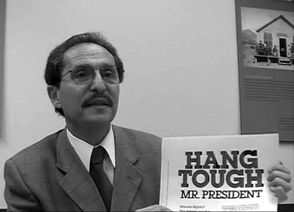 W
WMorey Schapira is a Silicon Valley High Tech executive and Soviet Jewry activist leader.
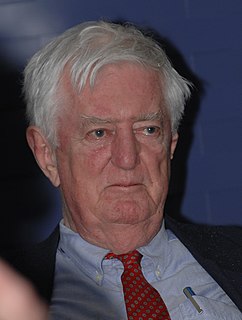 W
WOliver Gordon Selfridge was a pioneer of artificial intelligence. He has been called the "Father of Machine Perception."
 W
WMerrill Skolnik is an American researcher in the area of radar systems and the author or editor of a number of standard texts in the field. He is best known for his introductory text "Introduction to Radar Systems" and for editing the "Radar Handbook". In 1986, he was elected to the prestigious National Academy of Engineering.
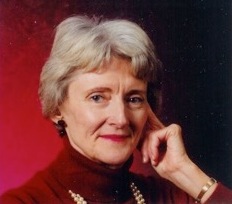 W
WMary Allen Wilkes is a former computer programmer and logic designer, most known for her work with the LINC computer, now recognized by many as the world's first "personal computer".
 W
WAlice K. Wolf is an American politician. She served as a member of the Massachusetts House of Representatives from 1996 to 2013, representing the 25th Middlesex District. On March 22, 2012, Wolf announced that she would not seek re-election. Her term ended in January 2013.